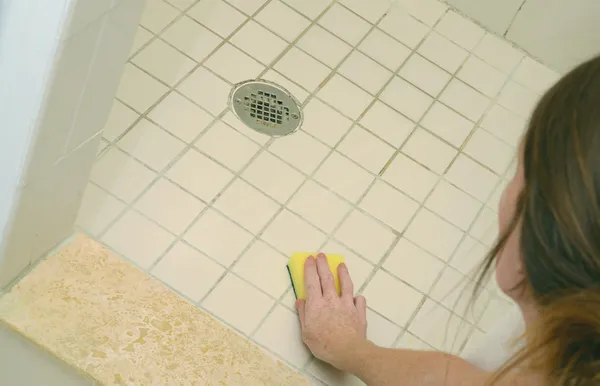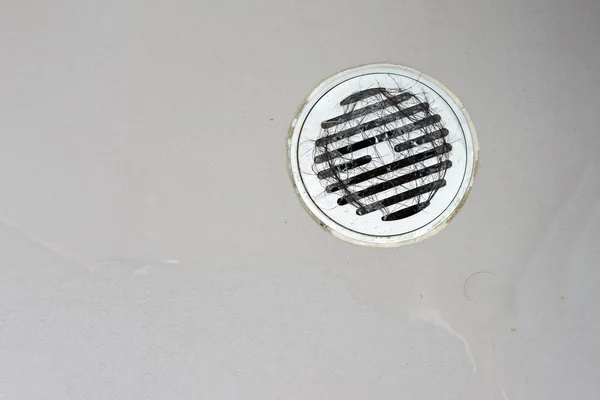Maintaining a clean and functioning bathroom drain is essential for a healthy and hygienic home environment. A clogged bathroom drain not only causes inconvenience but can also lead to unpleasant odors and potential water damage. Understanding the importance of regular drain cleaning and the methods to effectively clean your bathroom drain is crucial to keep it free from debris and blockages.
While many clogs can be resolved using DIY methods, there are instances where it is best to call a professional plumber. If you are unable to clear the clog or suspect a more complex issue within the plumbing system, seeking professional help will ensure a thorough and long-lasting solution.
By understanding the importance of regular bathroom drain cleaning, utilizing effective cleaning methods, and implementing preventive measures, you can keep your bathroom drain clean and free-flowing, promoting a clean and healthy environment in your home.
Why is it Important to Clean the Bathroom Drain?
It is important to clean the bathroom drain regularly to maintain proper hygiene and prevent unpleasant odors and clogs. By keeping the drain clean, you can ensure that water flows smoothly and prevent any potential water damage or flooding in the bathroom. Neglecting to clean the drain can lead to the growth of bacteria and mold, which can pose health risks. Additionally, regularly cleaning the drain prolongs its lifespan and reduces the need for costly repairs or replacements. Therefore, cleaning the bathroom drain is vital to promoting a healthier and more pleasant bathroom experience.
Steps for Cleaning the Bathroom Drain
Tired of dealing with clogged bathroom drains? In this section, we’ll dive into different methods that can help you effectively clean your bathroom drain and get the water flowing smoothly again. From the classic combination of baking soda and vinegar to the power of boiling water, we’ll explore various techniques such as using a plunger and manual cleaning. Say goodbye to those pesky clogs and hello to a squeaky-clean drain!

Baking Soda and Vinegar
To effectively clean the bathroom drain, simply follow these steps using the natural cleaning properties of baking soda and vinegar:
First, remove any visible debris or hair from the drain.Next, pour half a cup of baking soda down the drain.Then, follow it up with half a cup of white vinegar.To prevent the mixture from bubbling out, cover the drain with a plug or cloth.Allow the baking soda and vinegar mixture to sit in the drain for approximately 30 minutes.Afterwards, remove the plug or cloth and flush away the loosened debris by pouring boiling water down the drain.If the drain is still not completely clean, you can either repeat the process or try alternative methods such as using a plunger.
By utilizing the natural cleaning powers of baking soda and vinegar, you can effectively dissolve clogs, eliminate odor-causing bacteria, and keep your bathroom drain clean and functioning properly. Remember to exercise caution when handling boiling water to avoid any accidents or burns. Regularly cleaning the drain using baking soda and vinegar can also help prevent clogs and prolong the lifespan of your plumbing system.
Boiling Water
Boiling water is an extremely effective method for cleaning the bathroom drain. Follow these simple steps to utilize the power of boiling water for this purpose:
1. Take a large pot and fill it with water, then place it on the stove.
2. Turn on the heat and wait for the water to reach a rolling boil.
3. Be cautious while carrying the pot of boiling water to the bathroom.
4. Gently pour the boiling water down the clogged drain.
5. Allow the boiling water to sit in the drain for a few minutes, dissolving any soap scum, grease, or debris that may be causing the clog.
6. Rinse away any remaining residue by flushing the drain with hot water from the tap.
7. If necessary, repeat the process, especially for stubborn clogs.
Using boiling water is an effective way to break down and eliminate minor clogs in the bathroom drain. It works particularly well on clogs caused by soap buildup, grease, or hair. However, it is important to handle boiling water with caution to prevent burns. If the clog persists or if you suspect a more serious issue, it is advisable to seek professional assistance.
To minimize the frequency of clogs and keep your bathroom drain clean and clear, consider implementing regular preventive measures like using drain screens and avoiding flushing objects down the drain.

Using a Plunger
Using a Plunger is an effective method for unclogging a bathroom drain. Here are the steps to use a plunger:
- Ensure the plunger’s rubber cup is clean and free from any debris.
- Position the plunger over the drain opening, ensuring a tight seal.
- Apply downward pressure and forcefully push the plunger up and down several times to create suction.
- After several plunges, quickly pull up on the plunger to break the seal and release the pressure.
- Repeat the plunging process if the clog has not cleared, trying different angles to maximize the suction.
- Once the drain is clear, run hot water down the drain to flush away any remaining debris.
Using a plunger is a cost-effective and simple solution for minor drain clogs. It is especially useful for clogs caused by hair, soap scum, or other small debris. If the clog persists or if there are other underlying issues with the drain, it may be necessary to call a professional plumber for assistance.
When the DIY cleaning does not help, contact us at Ivy Cleans. Our professional drain cleaning team will help you clean the bathroom drain once and for all.
